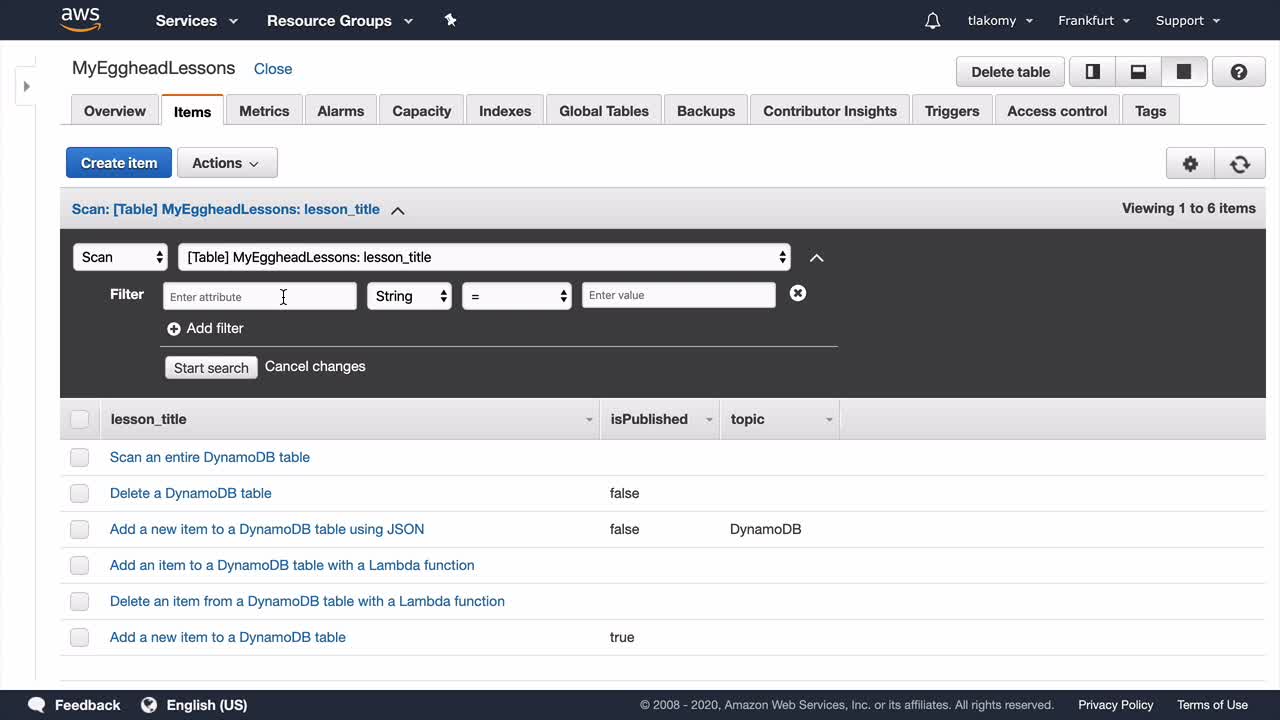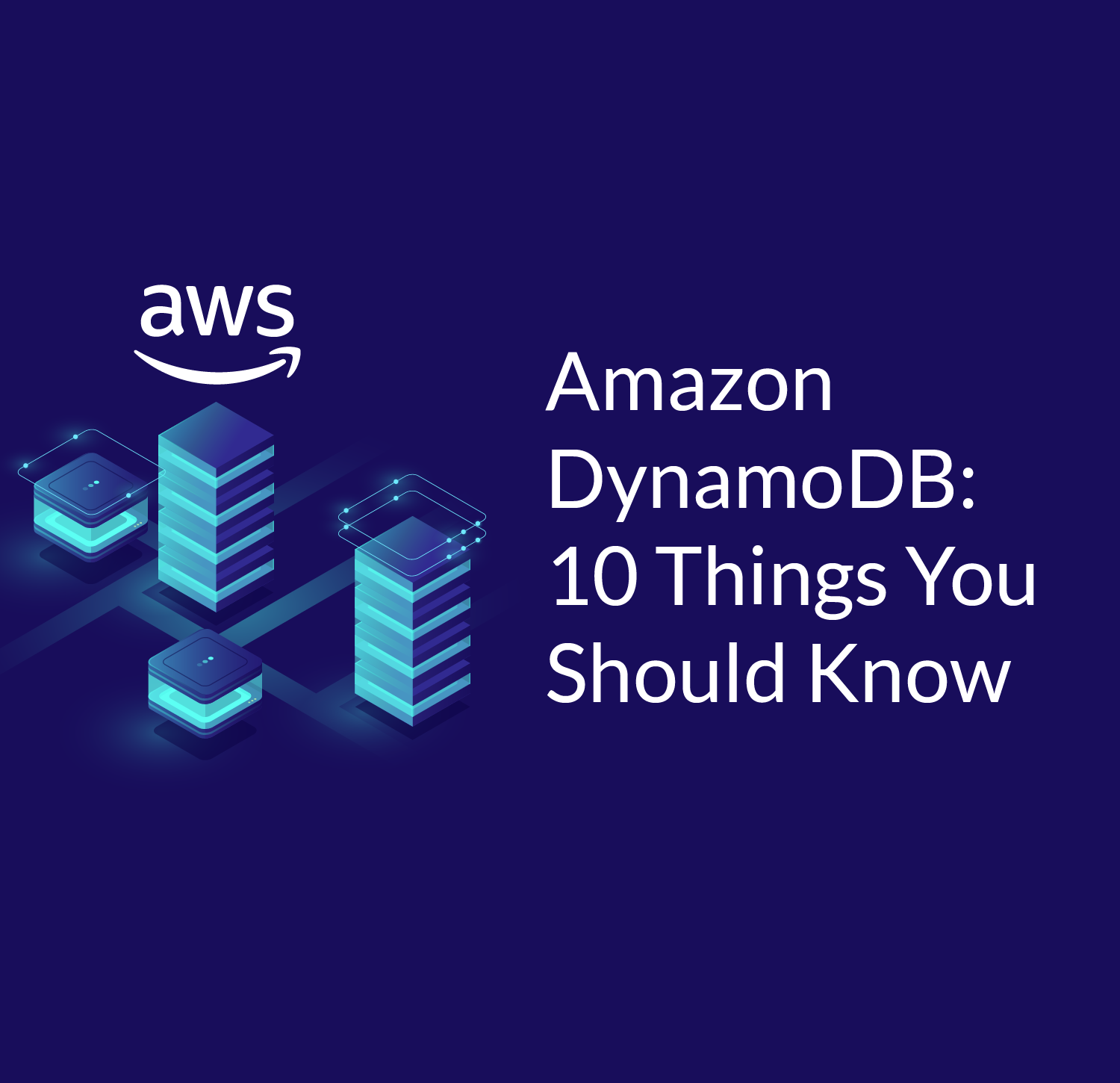
? Choose the runtime that you want to use: NodeJS

? Provide an AWS Lambda function name: listPublic ? Choose a Lambda source Create a new Lambda function ? Provide a friendly name for your resource to be used as a label for this category in the project: rest ? Please select from one of the below mentioned services: REST * correctly, or its status might not be ACTIVE. * The operation tried to access a nonexistent table or index. For more information, go to Error Retries and Exponential Backoff in the Amazon DynamoDB Developer Guide. Reduce the frequency of requests and use exponential backoff. Your request is eventually successful, unless your retry queue is too large

The Amazon Web Services SDKs for DynamoDB automatically retry requests * Result of the BatchGetItem operation returned by the service. * Represents the input of a BatchGetItem operation. For more information, see Working with Tables in the Amazon DynamoDB Developer Guide. * minimum read capacity units according to the type of read. Requests for nonexistent items consume the * If a requested item does not exist, it is not returned in the result. * help parse the response by item, include the primary key values for the items in your request in the * When designing your application, keep in mind that DynamoDB does not return items in any particular order. * In order to minimize response latency, BatchGetItem retrieves items in parallel. * want strongly consistent reads instead, you can set ConsistentRead to true for any or * By default, BatchGetItem performs eventually consistent reads on every table in the request. * Operations and Error Handling in the Amazon DynamoDB Developer Guide. * you delay the batch operation using exponential backoff, the individual requests in the batch are much more * immediately, the underlying read or write requests can still fail due to throttling on the individual tables. * strongly recommend that you use an exponential backoff algorithm. * If DynamoDB returns any unprocessed items, you should retry the batch operation on those items. * successfully, while returning the keys of the unread items in UnprocessedKeys. * at least one of the items is successfully processed, then BatchGetItem completes * the request, then BatchGetItem returns a ProvisionedThroughputExceededException. * If none of the items can be processed due to insufficient provisioned throughput on all of the tables in If desired, your application can include its own logic to assemble the It also returns an appropriate UnprocessedKeys value so * items (so as not to exceed the 16 MB limit). * For example, if you ask to retrieve 100 items, but each individual item is 300 KB in size, the system returns 52 * message "Too many items requested for the BatchGetItem call." * If you request more than 100 items, BatchGetItem returns a ValidationException with the You can use this value to retry the operation * the operation returns a value for UnprocessedKeys. * provisioned throughput is exceeded, or an internal processing failure occurs.

* BatchGetItem returns a partial result if the response size limit is exceeded, the table's * A single operation can retrieve up to 16 MB of data, which can contain as many as 100 items. * identify requested items by primary key. * The BatchGetItem operation returns the attributes of one or more items from one or more tables. Please contact Amazon Web Services Support to request a quota increase.īatchExecuteStatementResult batchExecuteStatement( BatchExecuteStatementRequest batchExecuteStatementRequest) * Throughput exceeds the current throughput quota for your account. * Result of the BatchExecuteStatement operation returned by the service. * The entire batch must consist of either read statements or write statements, you cannot mix both in one batch. * This operation allows you to perform batch reads or writes on data stored in DynamoDB, using PartiQL. * Region#createClient(Class,, ClientConfiguration) Must not be null and must be a region where the service is available. * Note: Do not directly implement this interface, new methods are added to it regularly.
Aws local dynamodb record overflow license#
See the License for the specific language governing permissions * CONDITIONS OF ANY KIND, either express or implied. This file is distributed on an "AS IS" BASIS, WITHOUT WARRANTIES OR

* or in the "license" file accompanying this file. You may not use this file except in compliance with * Licensed under the Apache License, Version 2.0 (the "License").


 0 kommentar(er)
0 kommentar(er)
